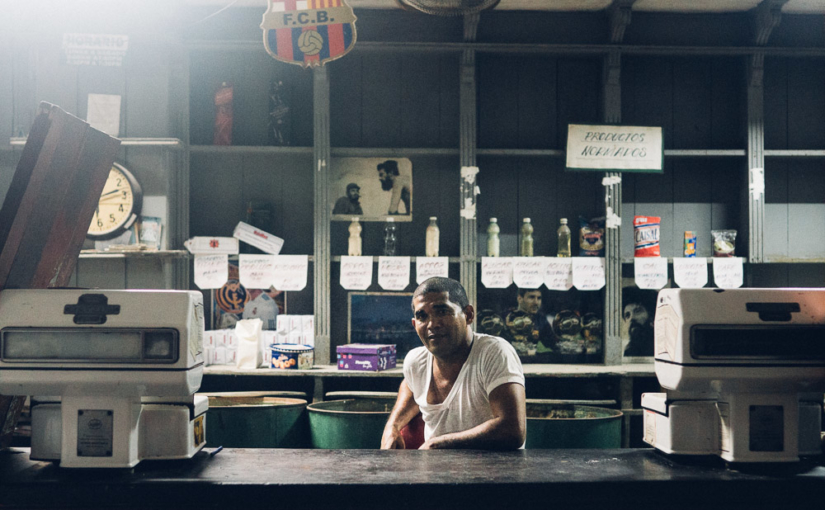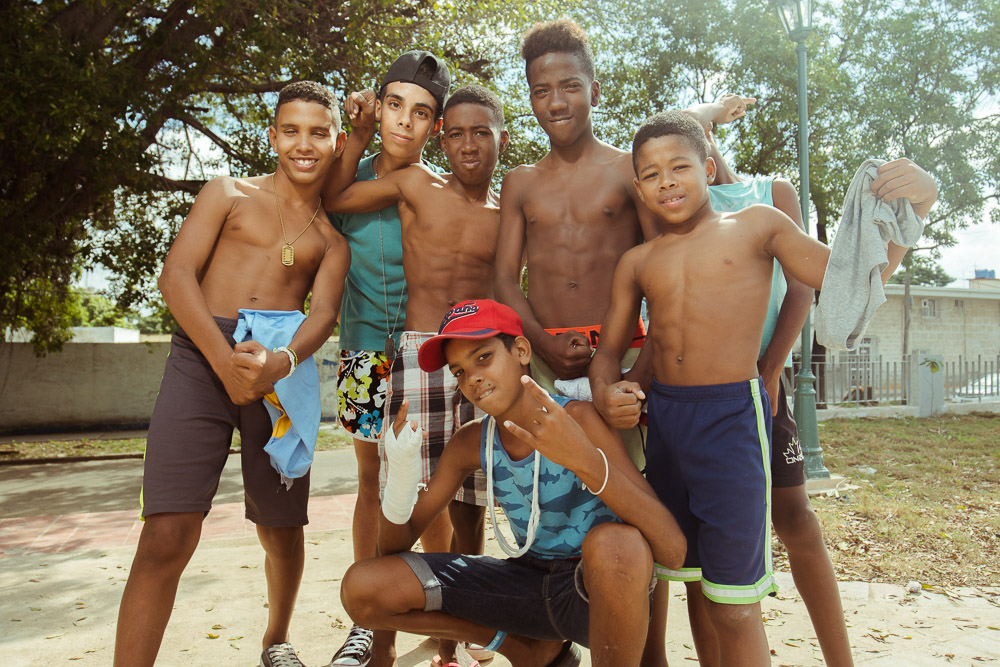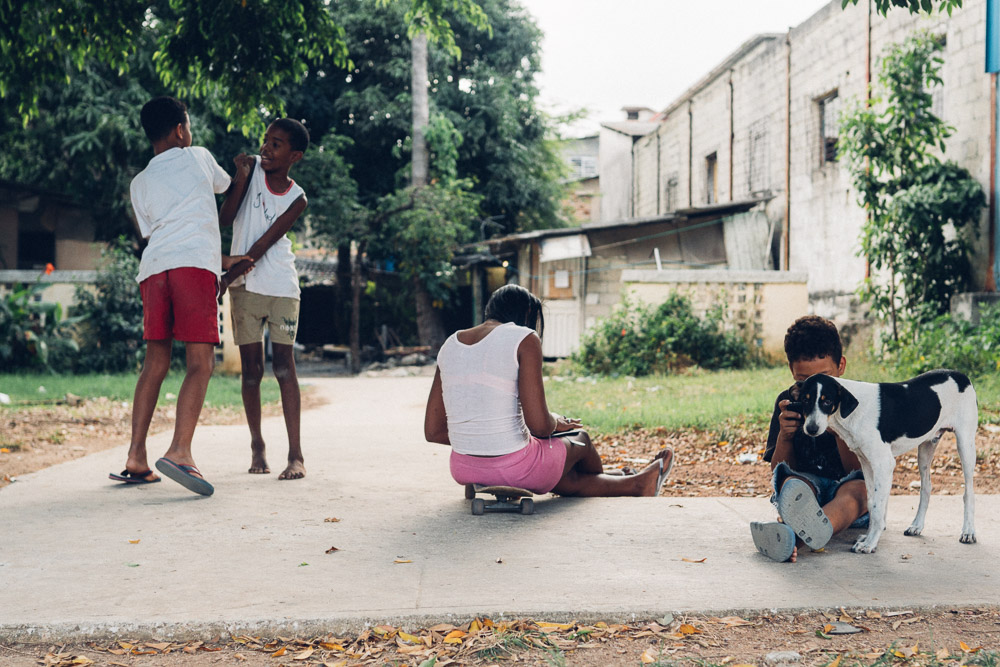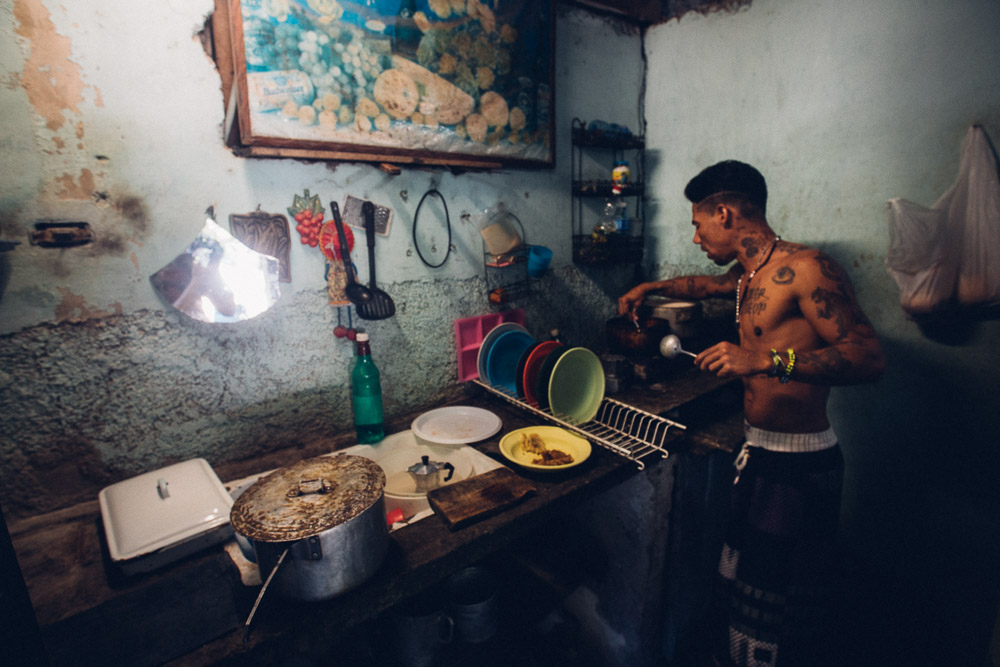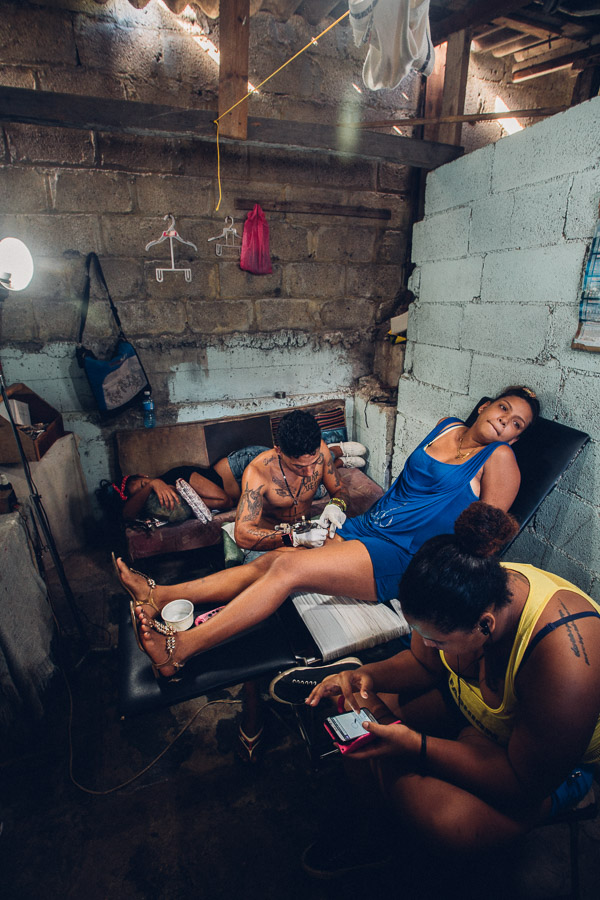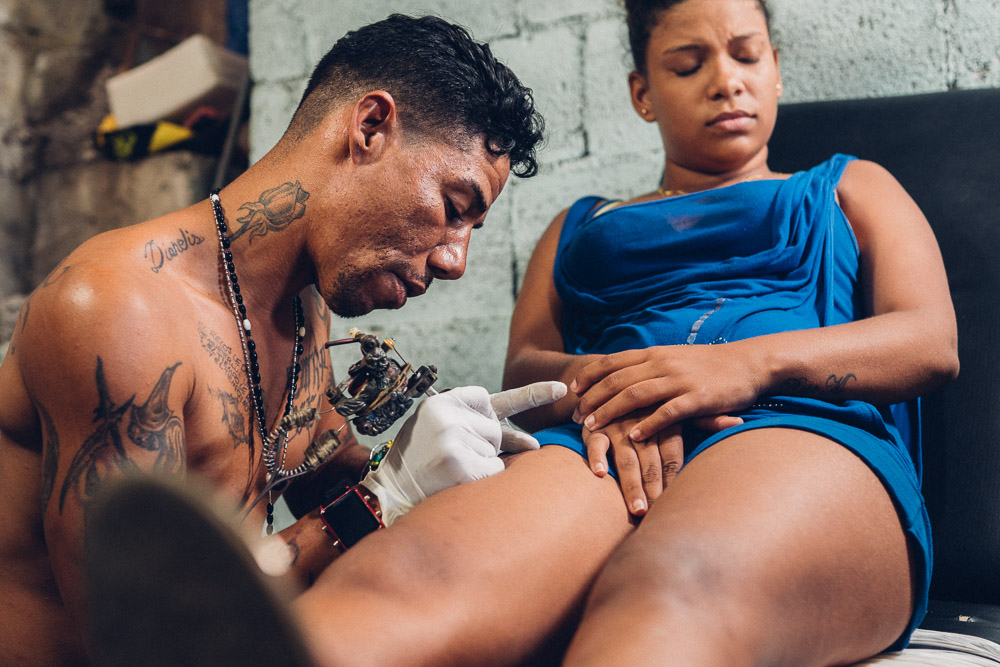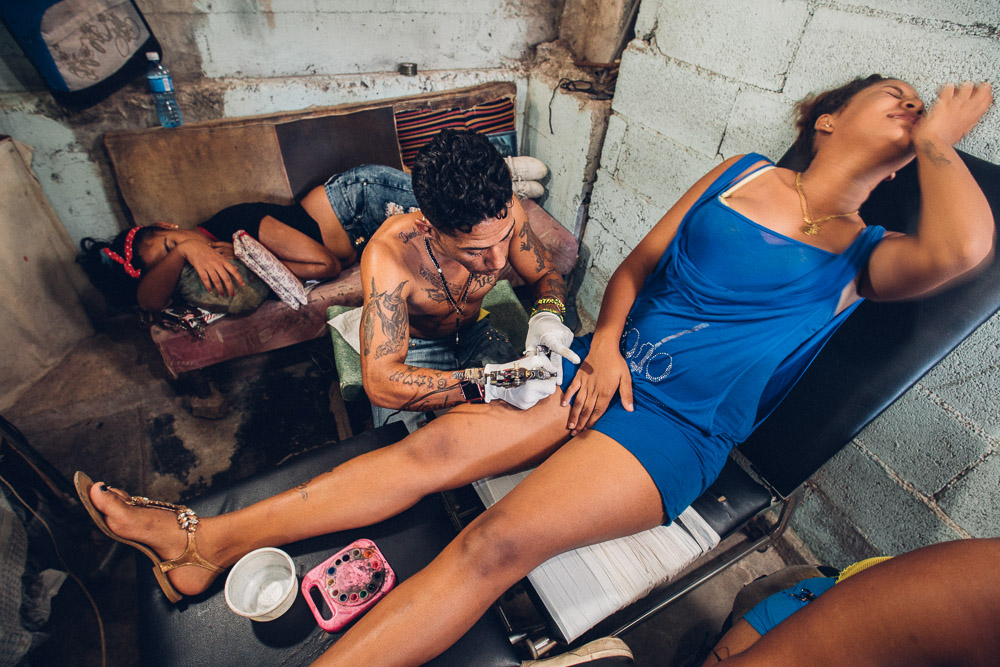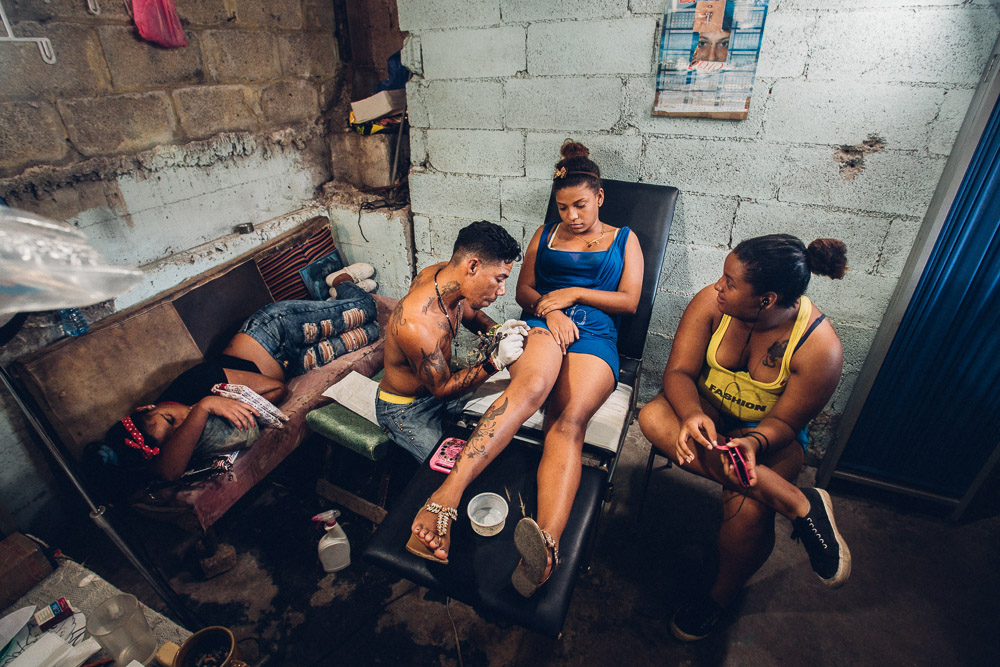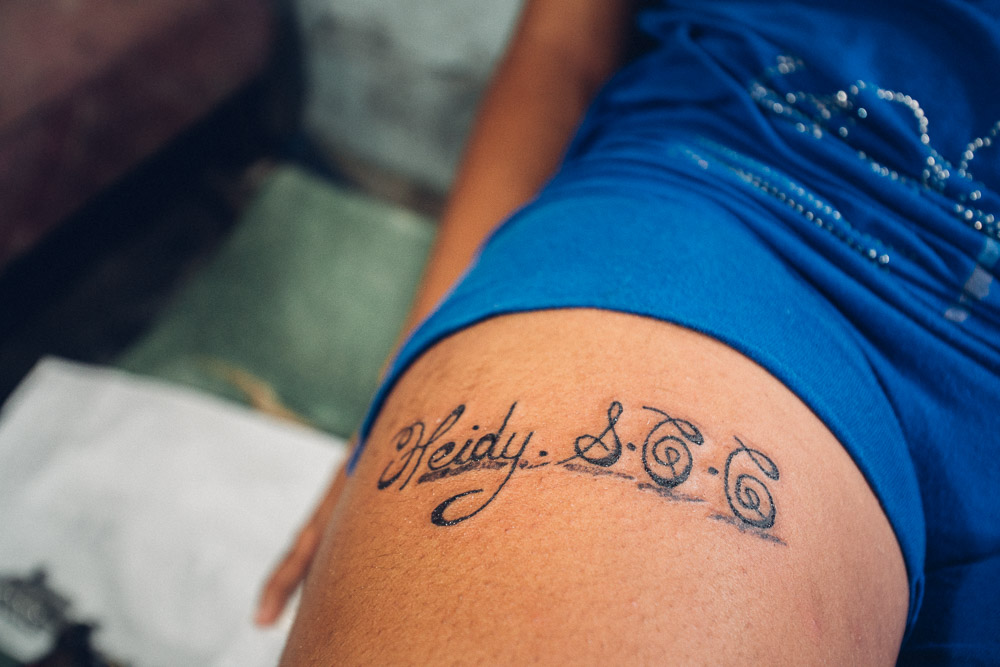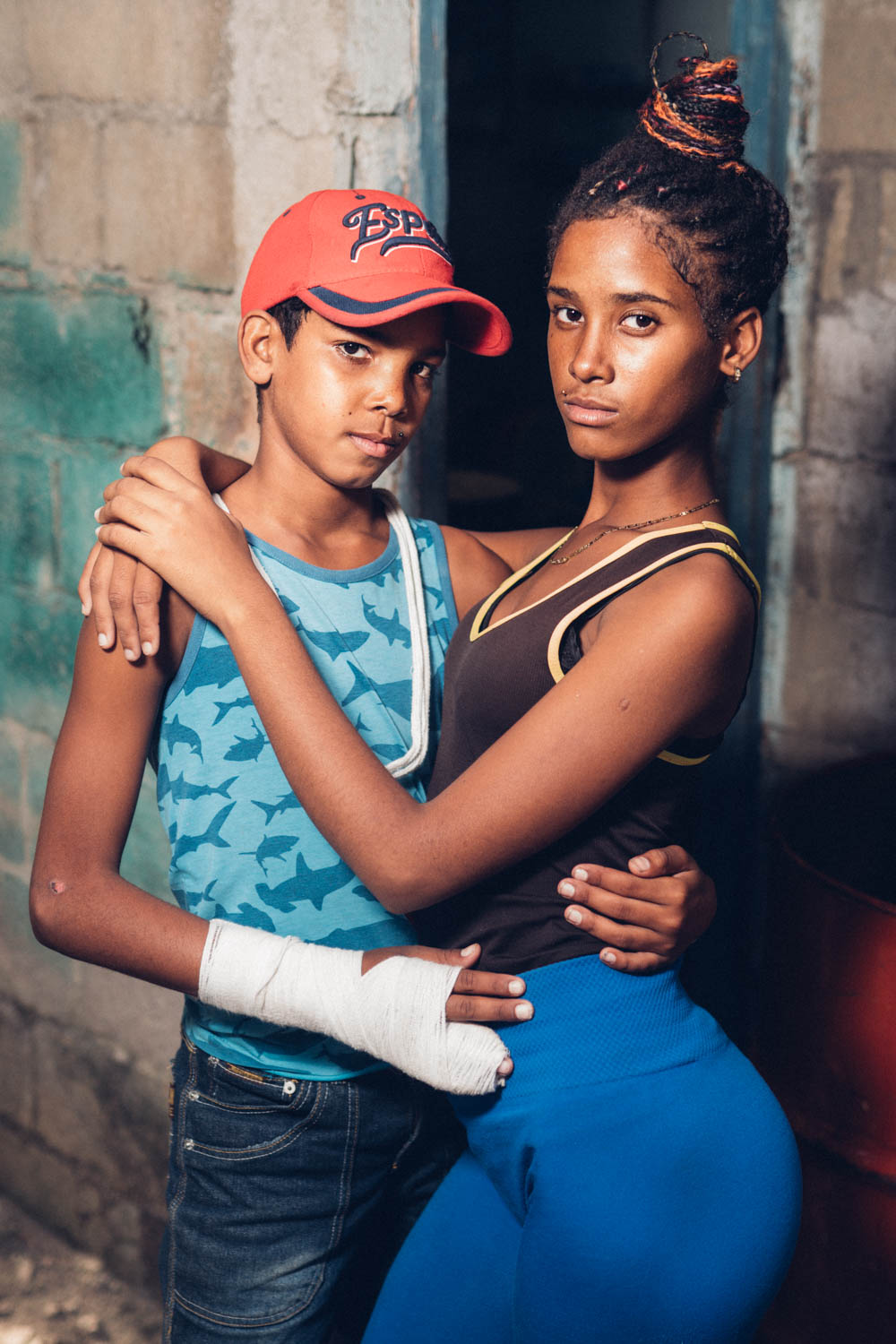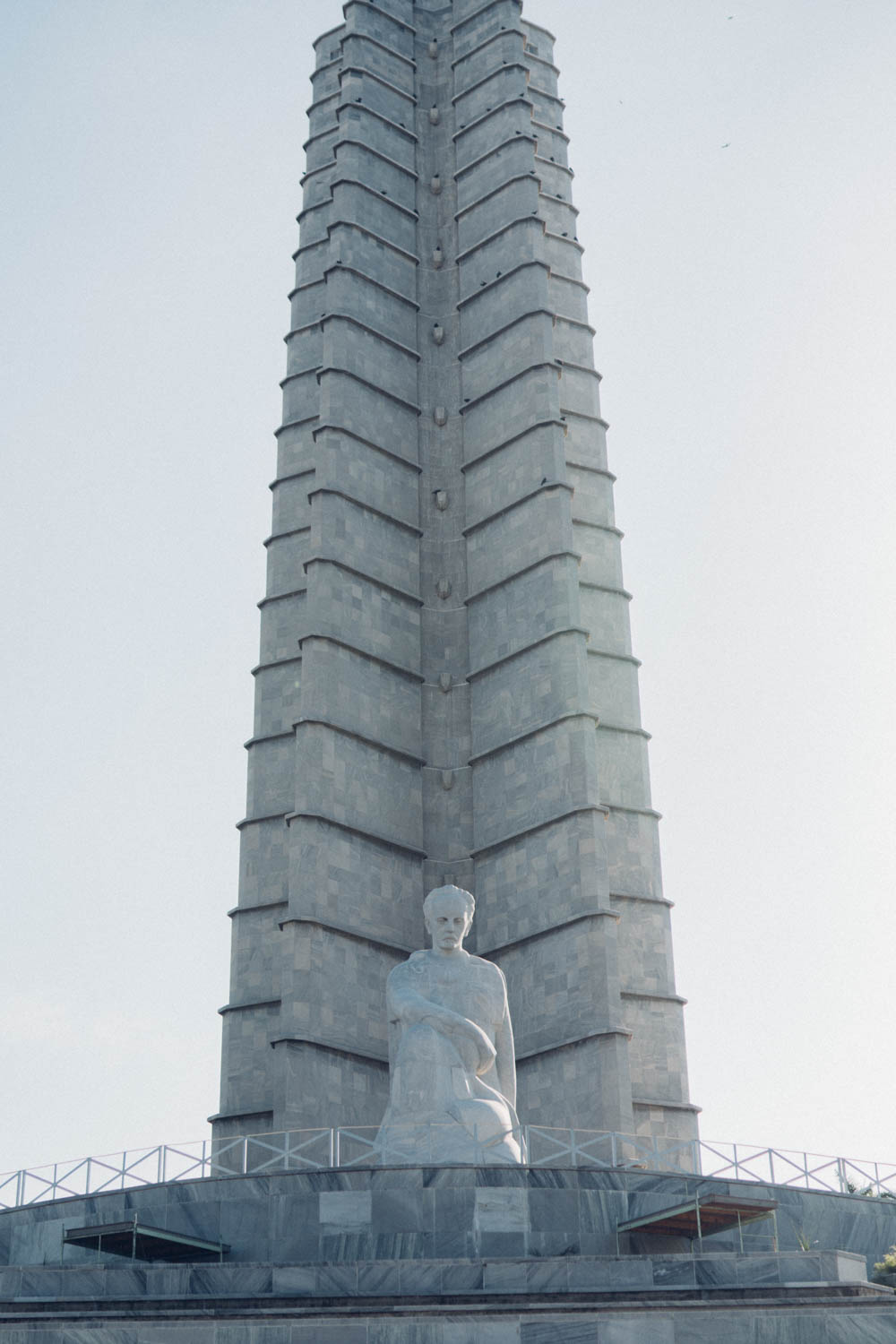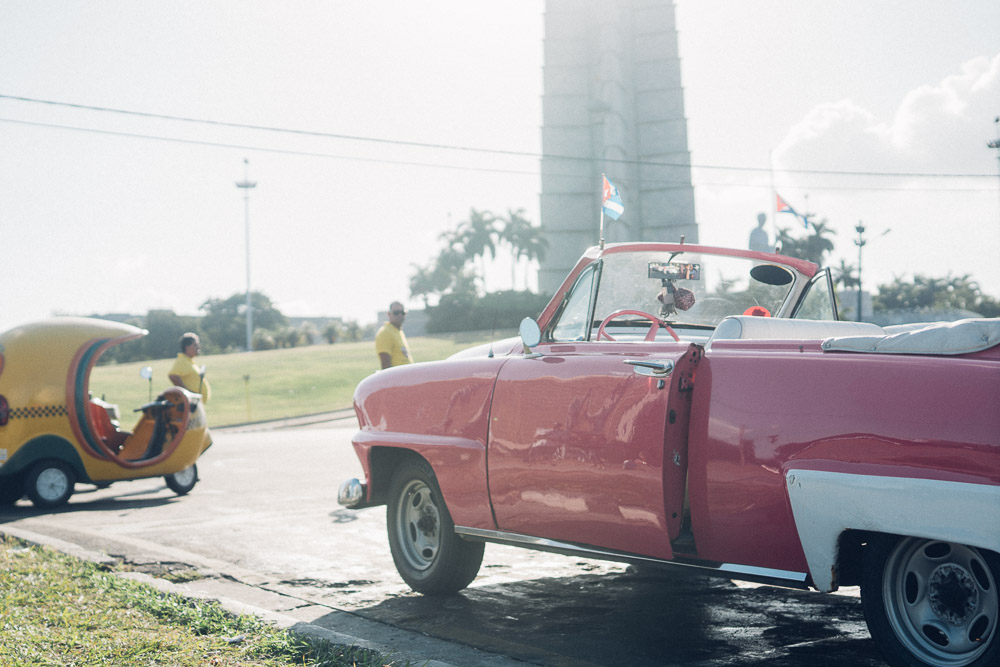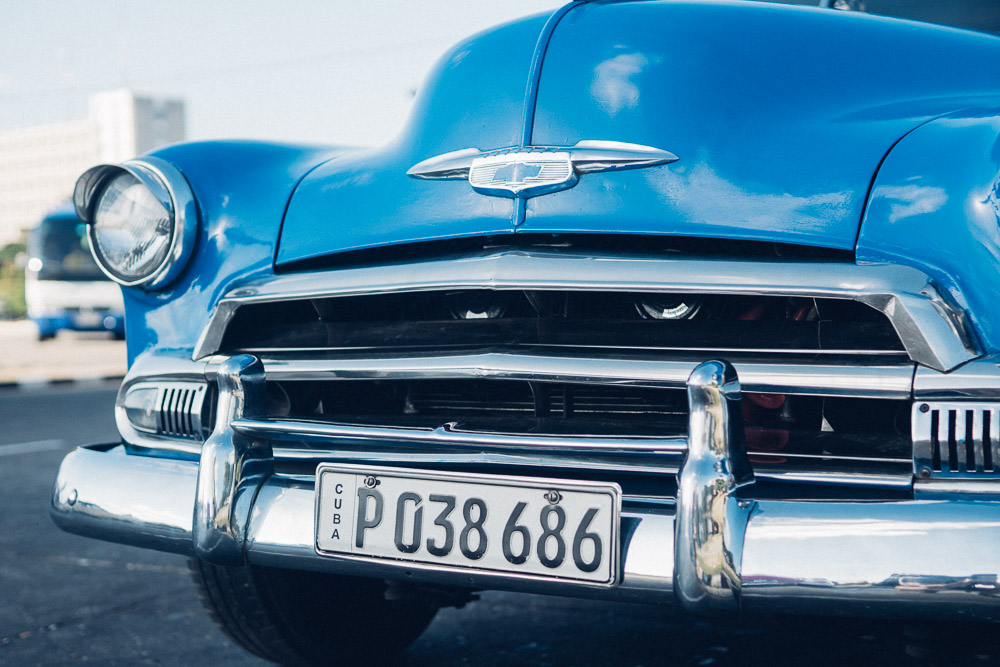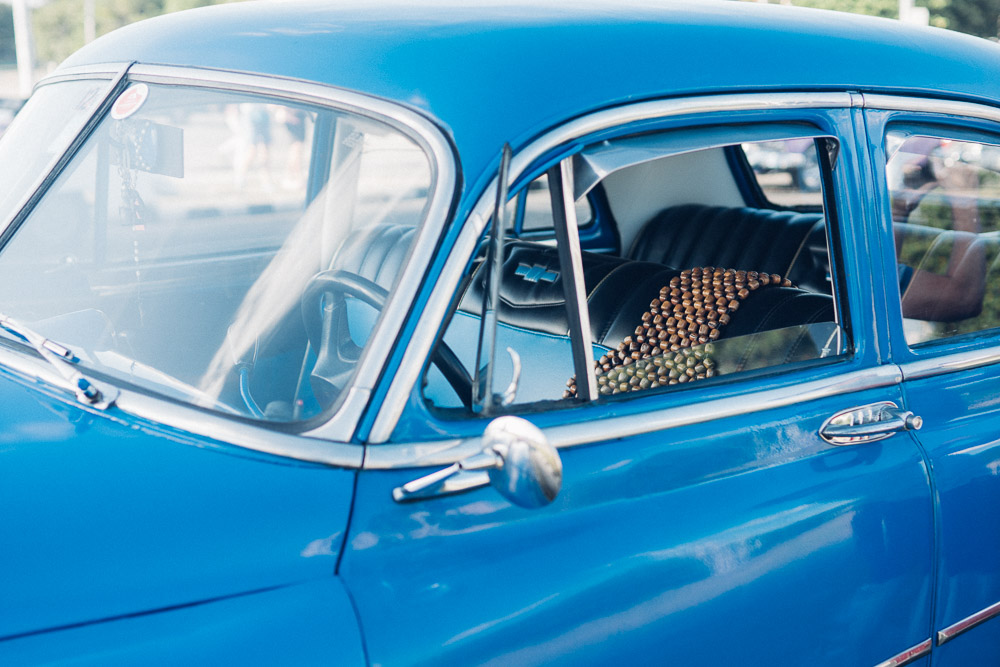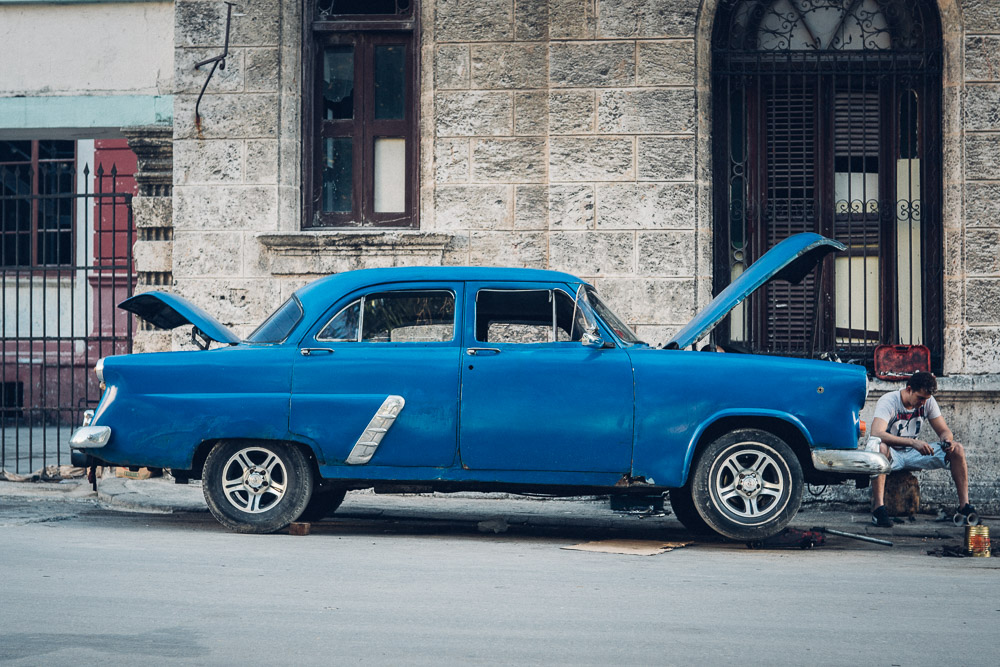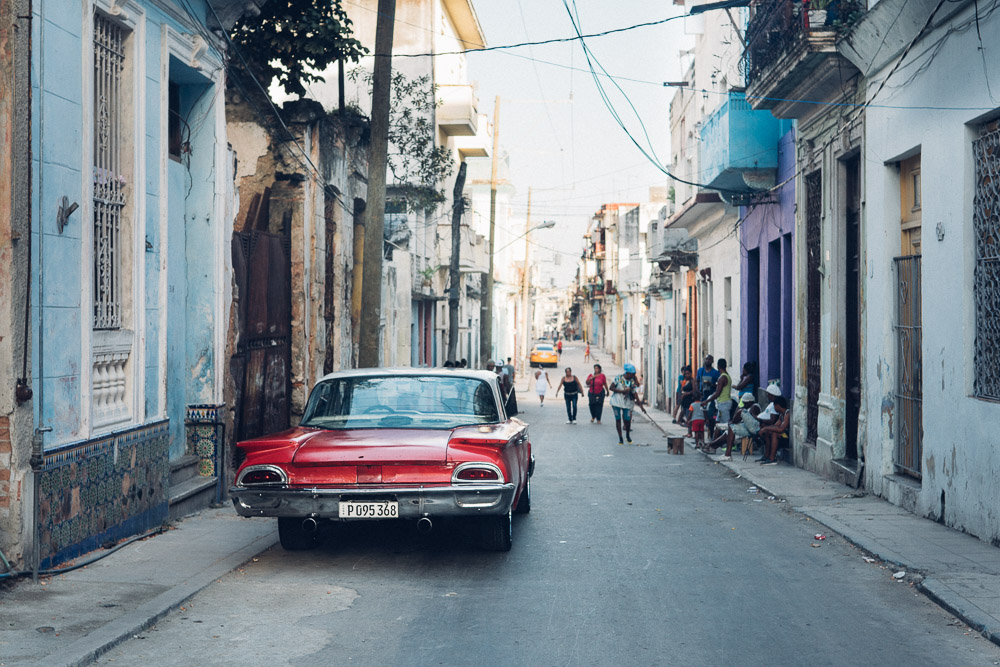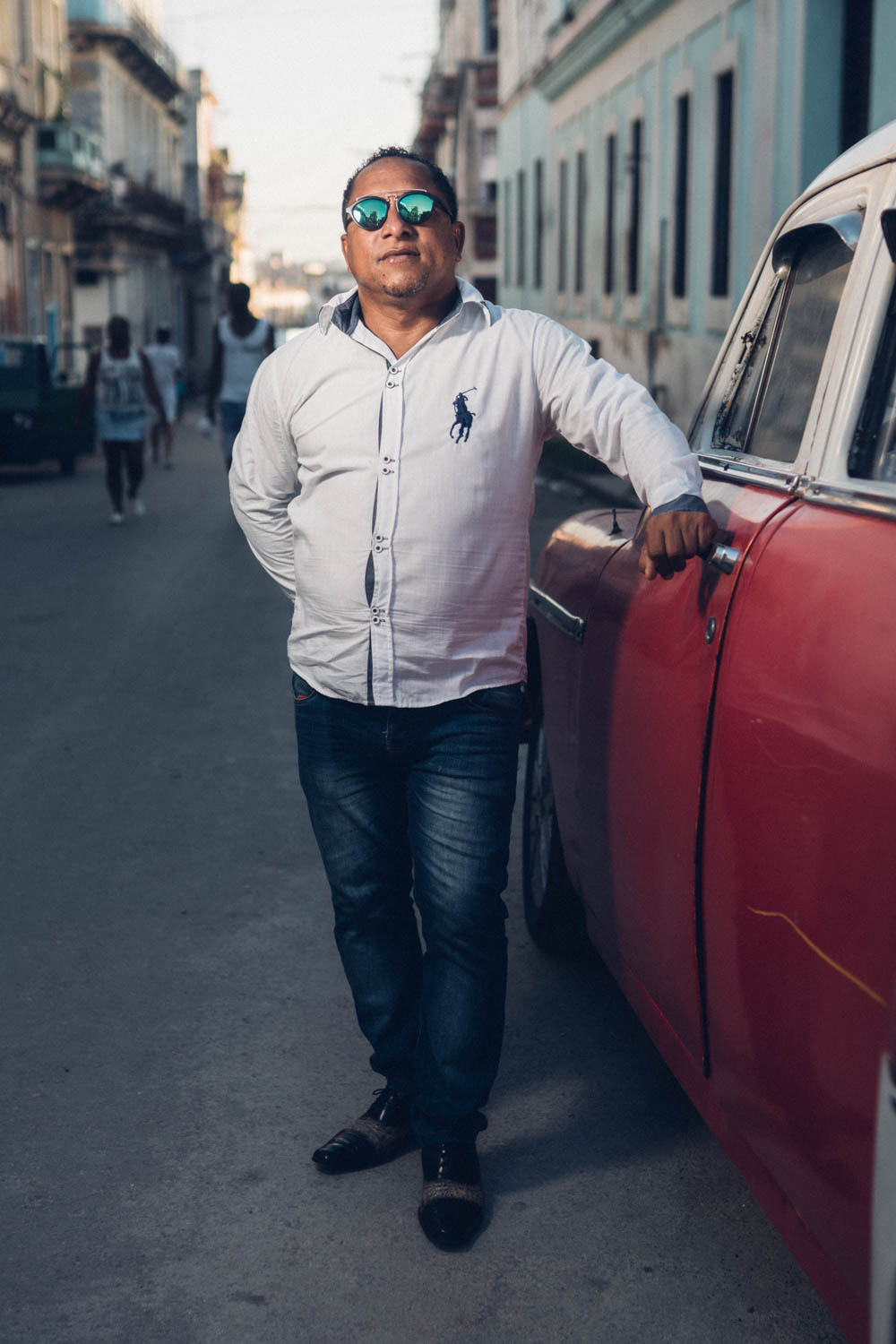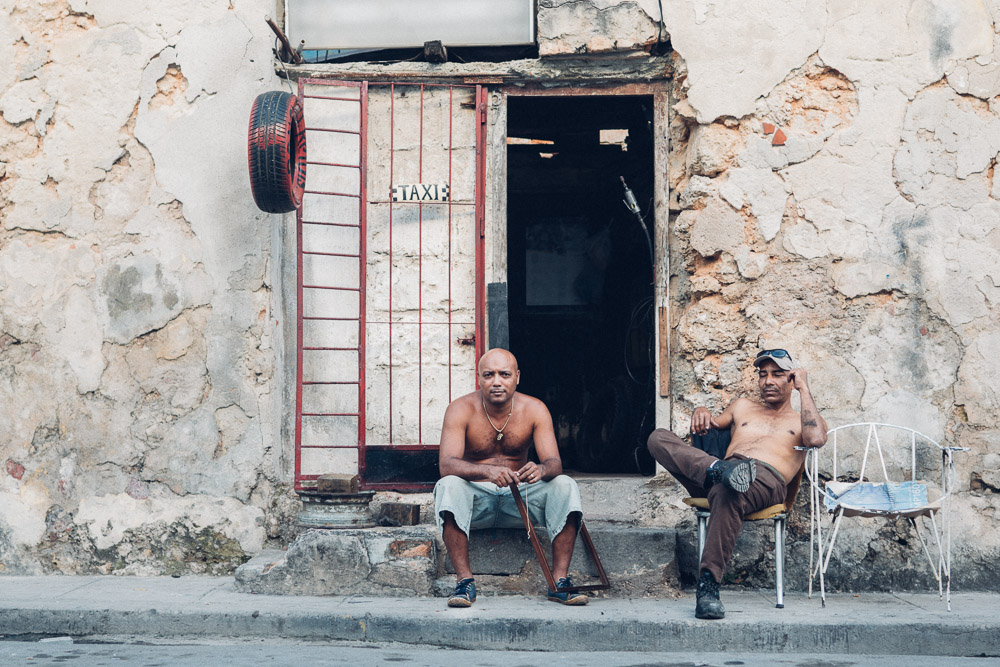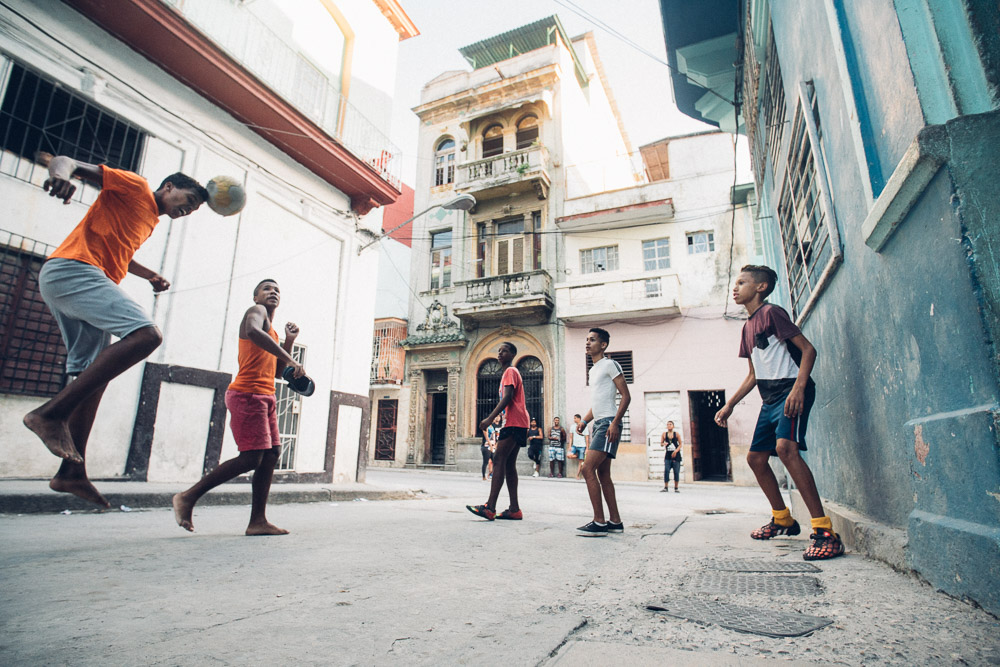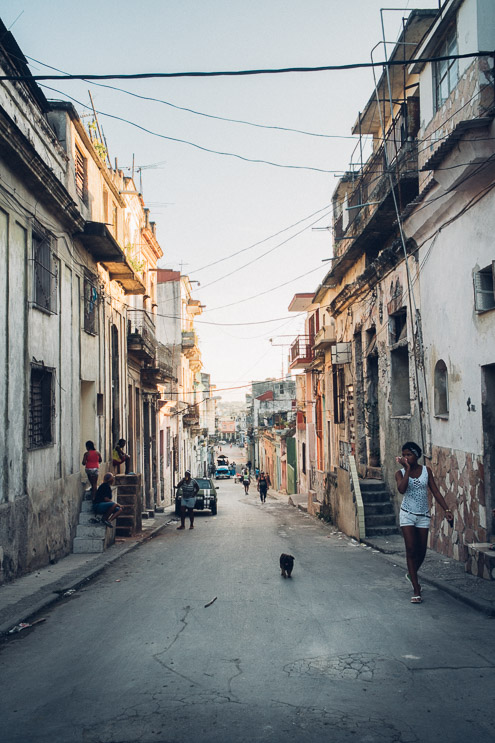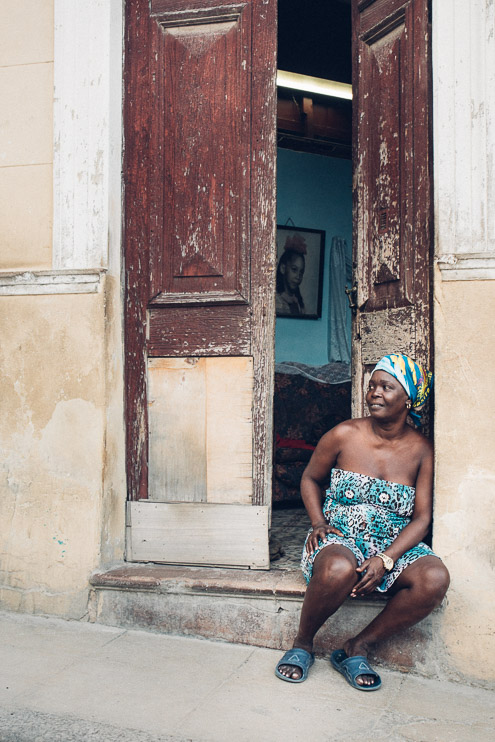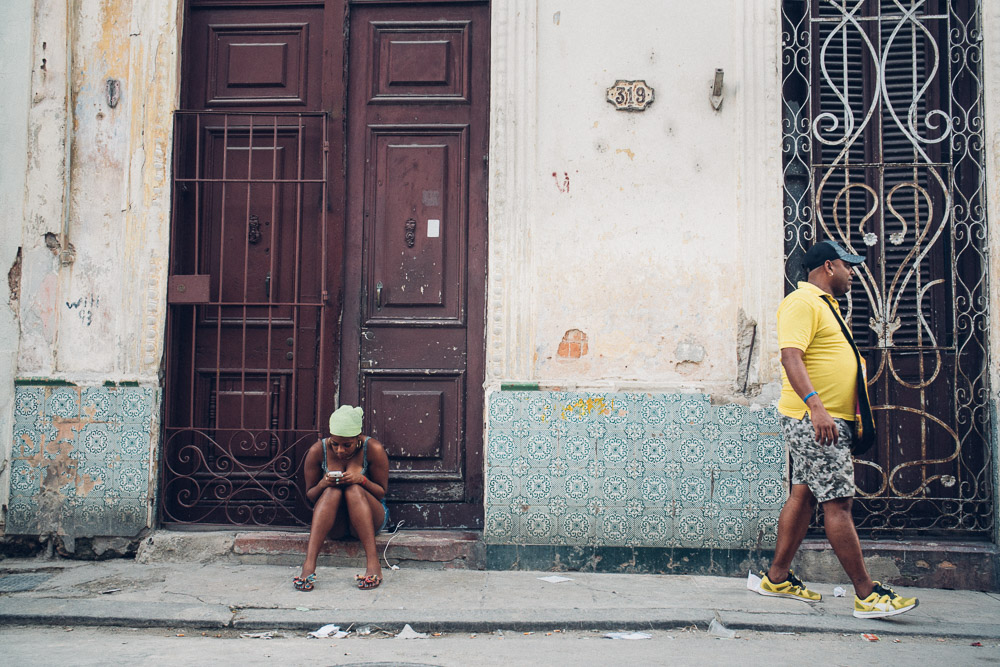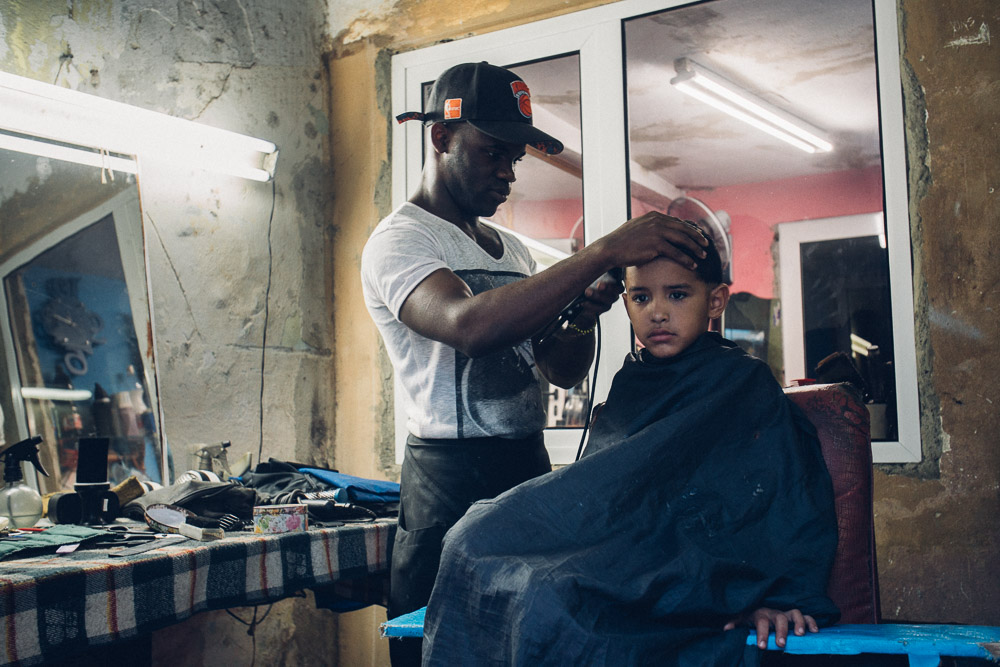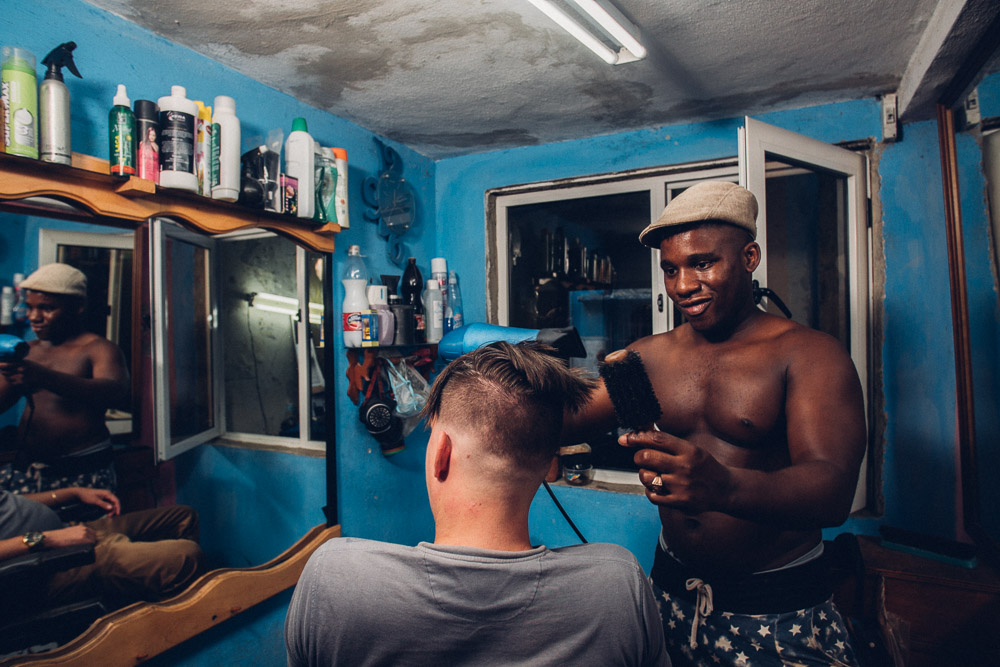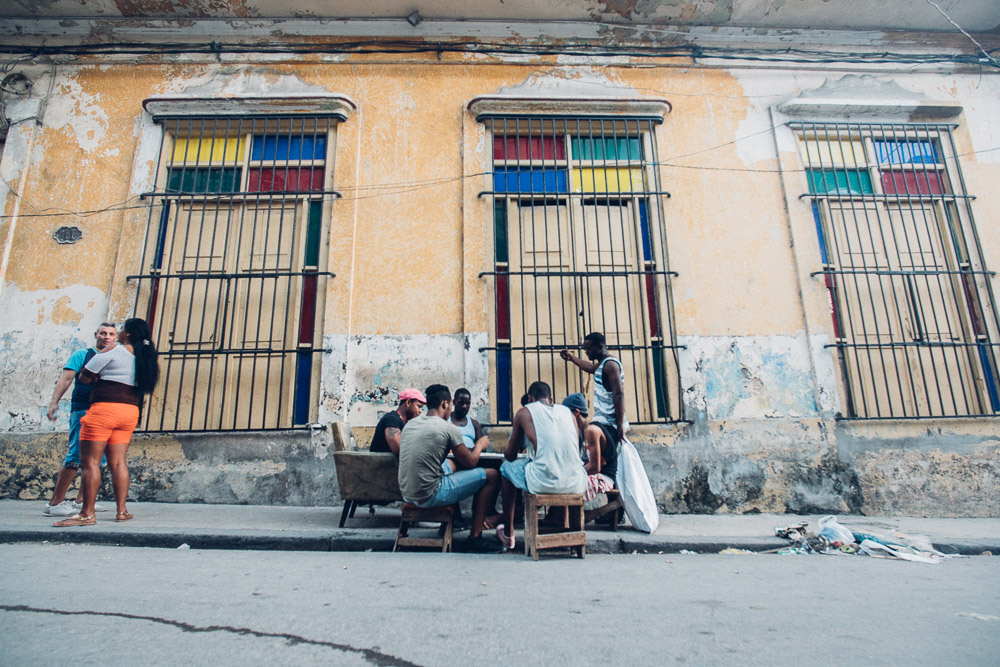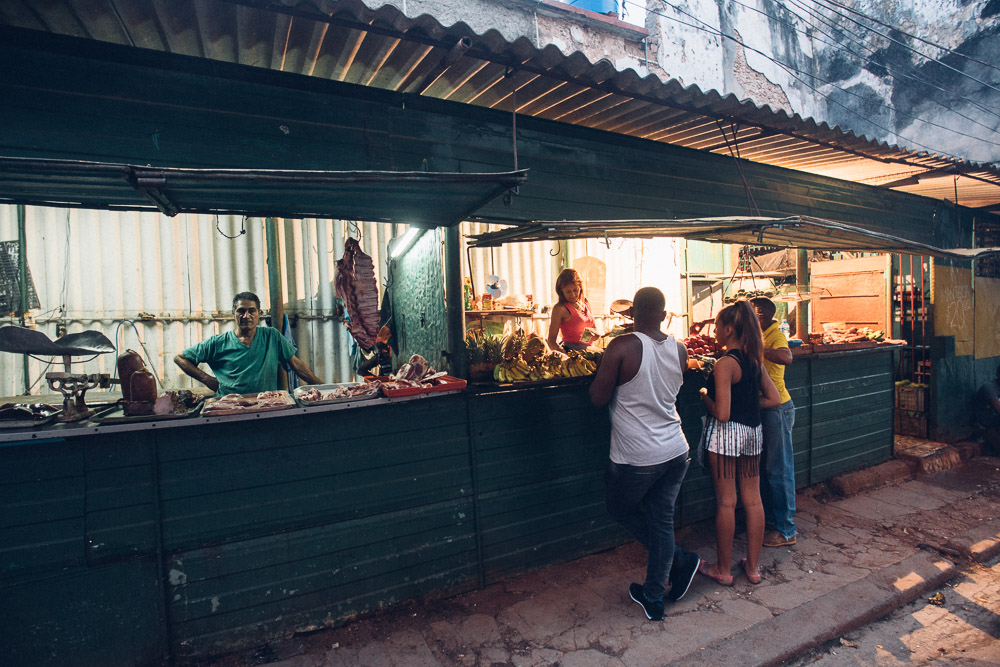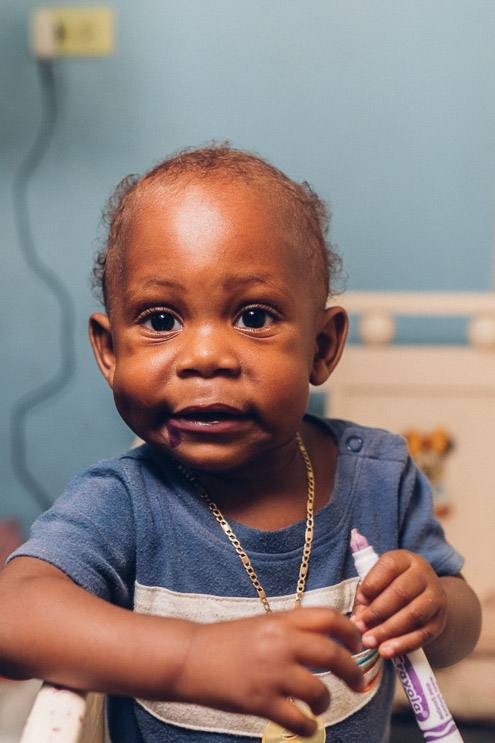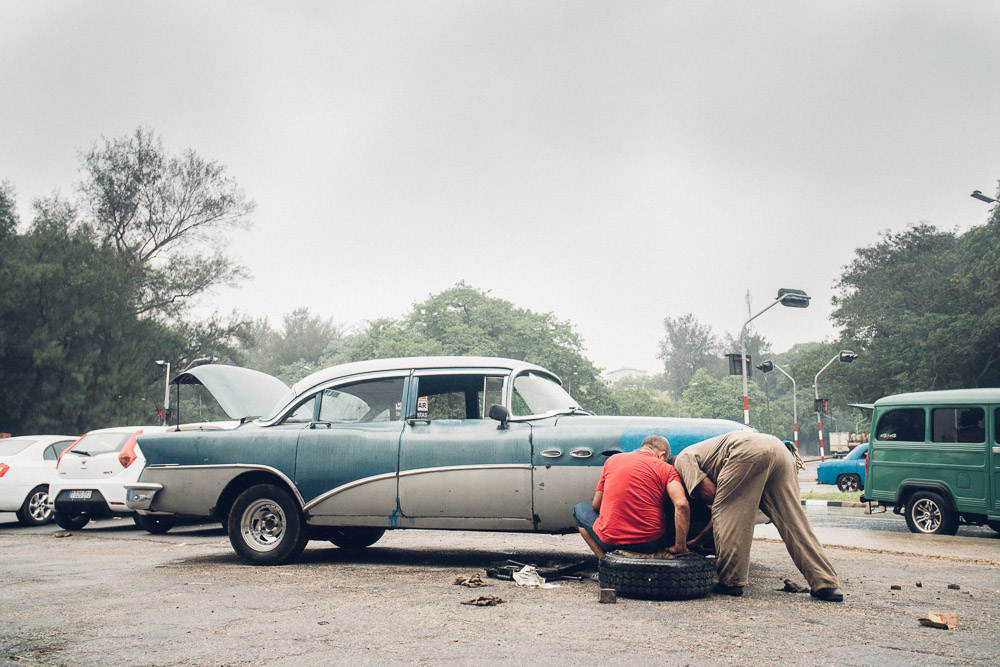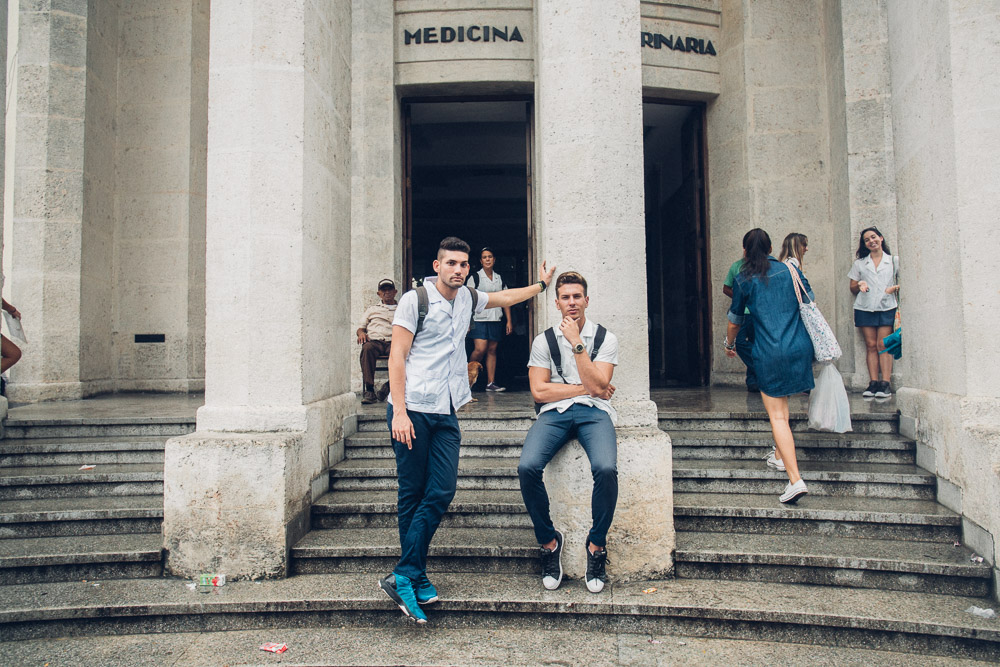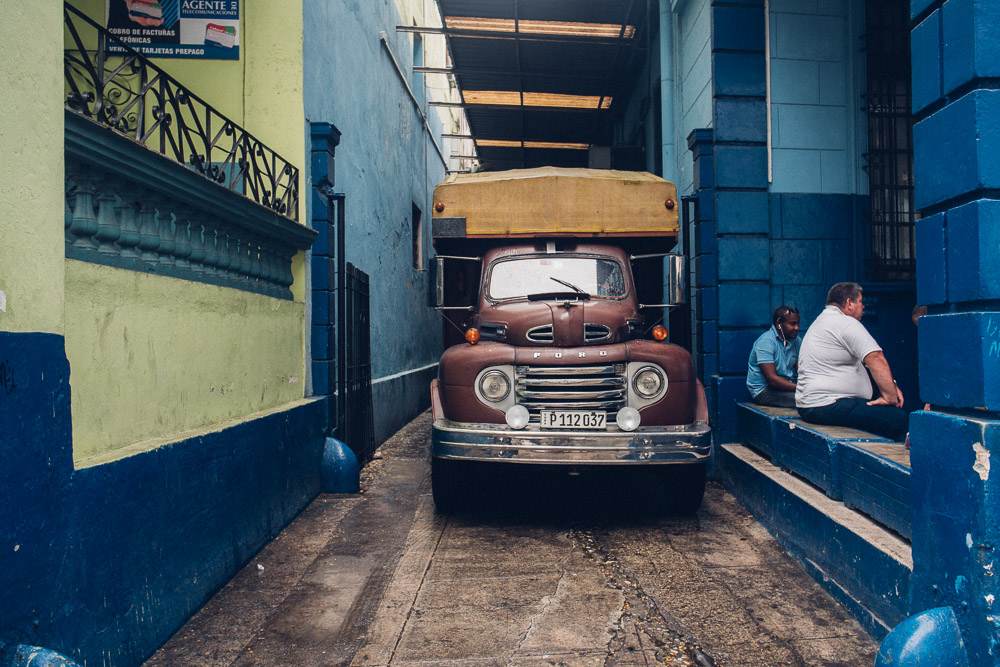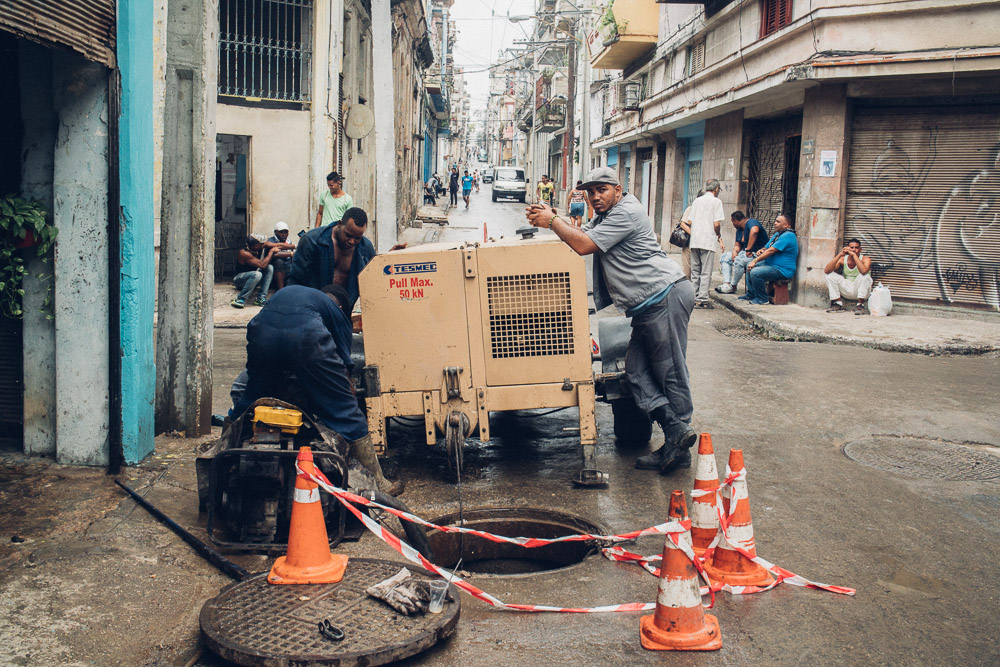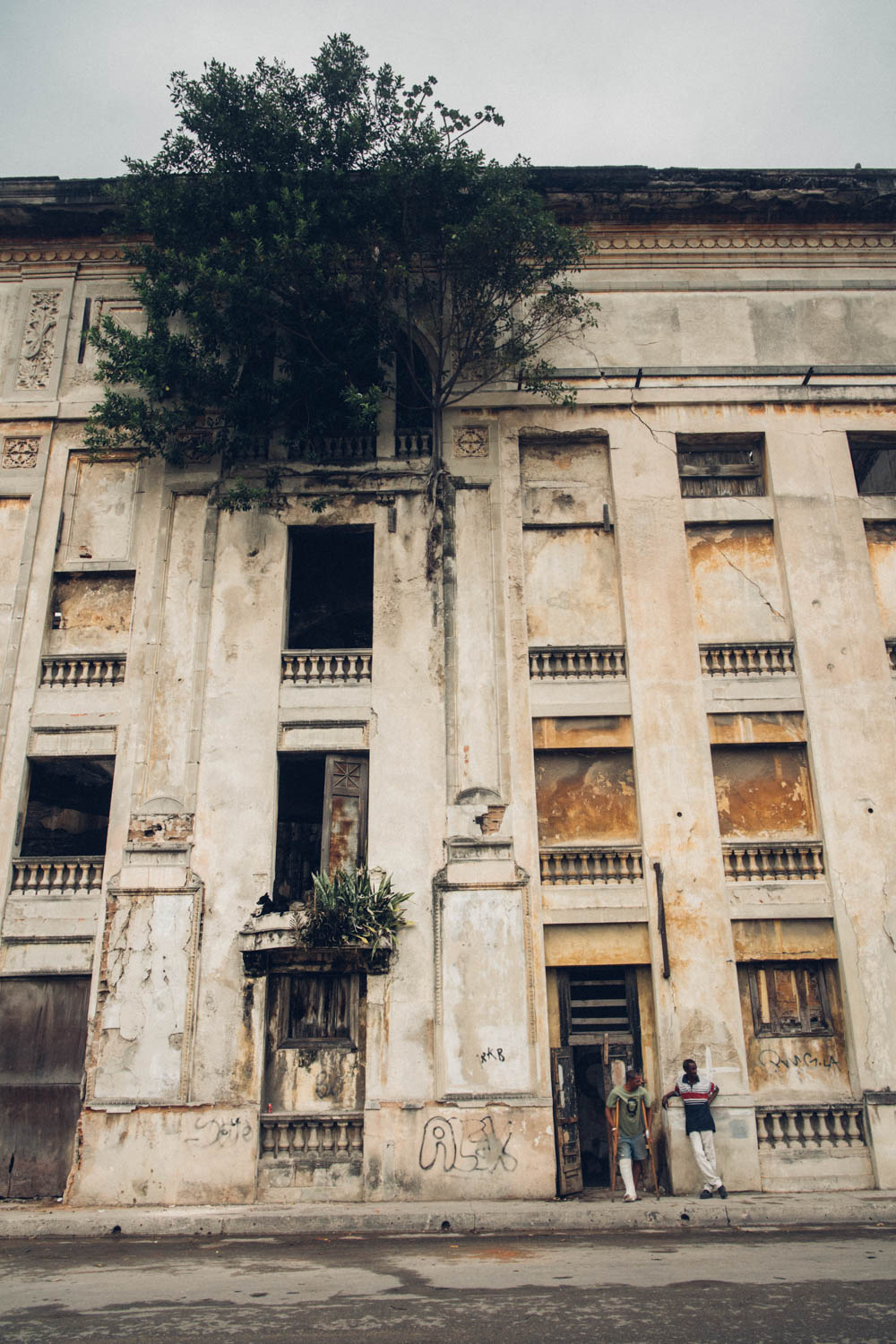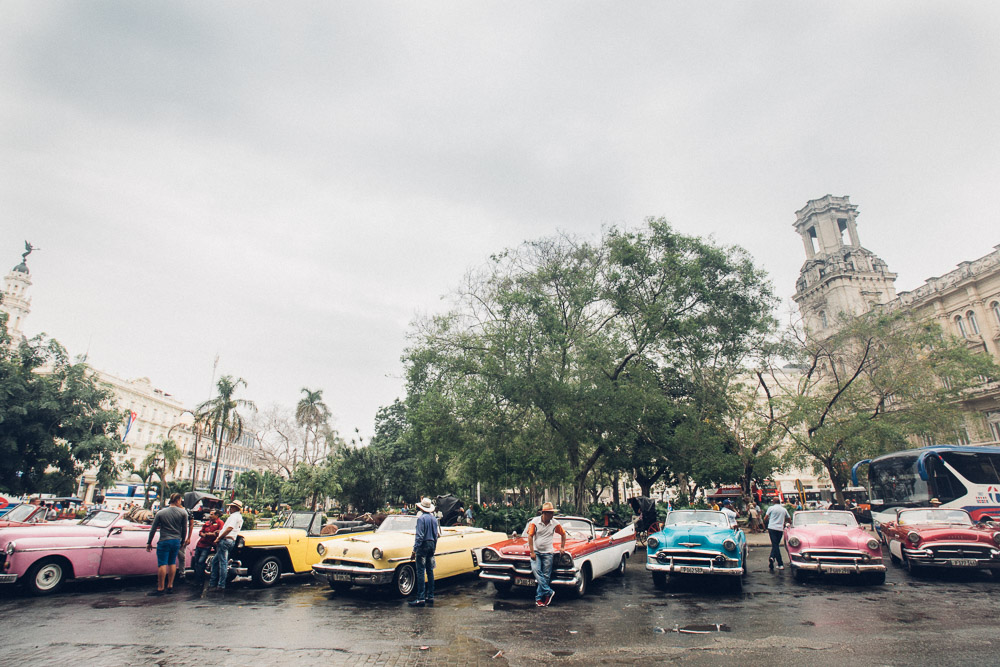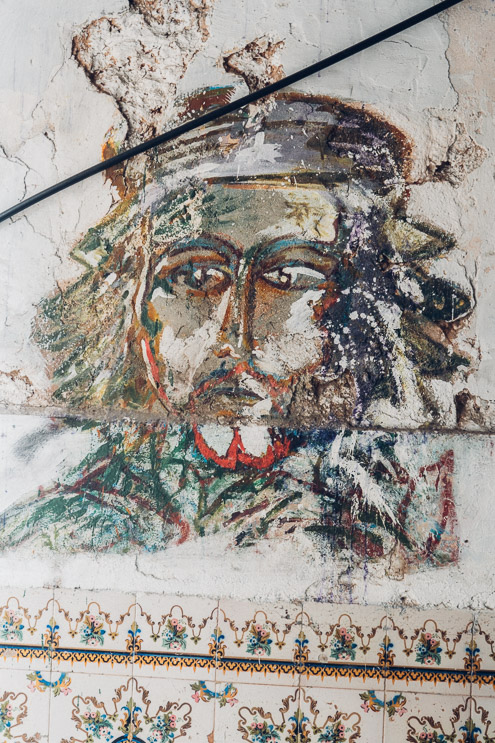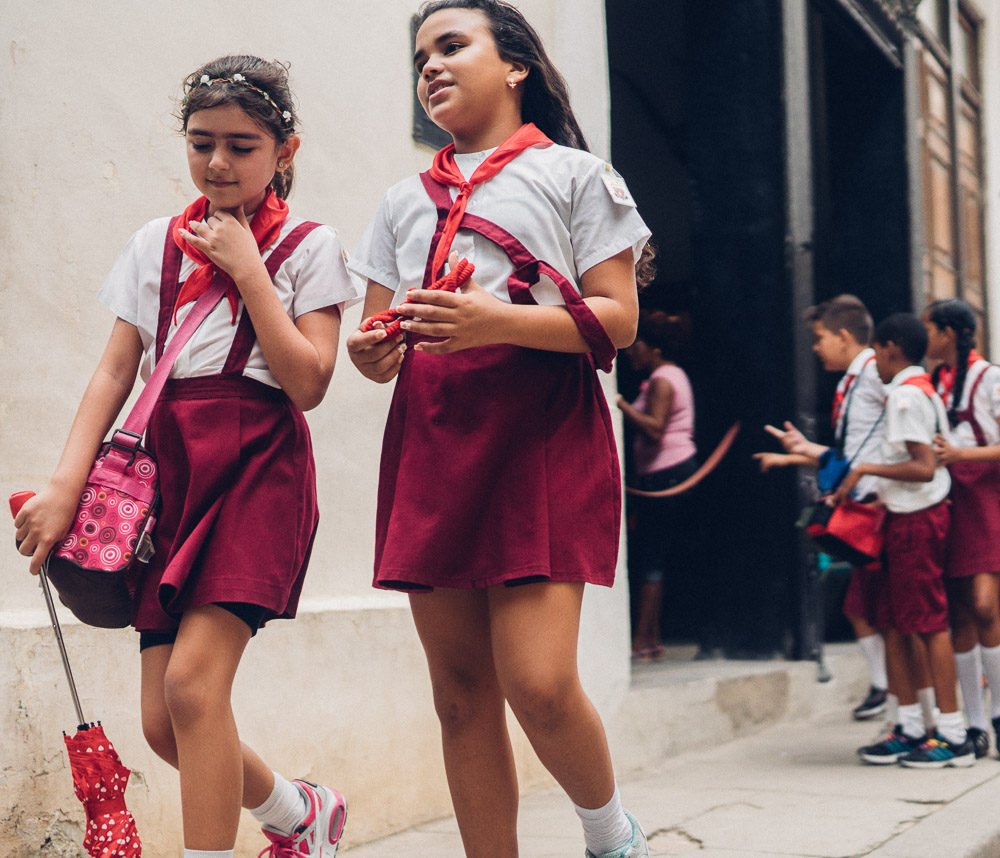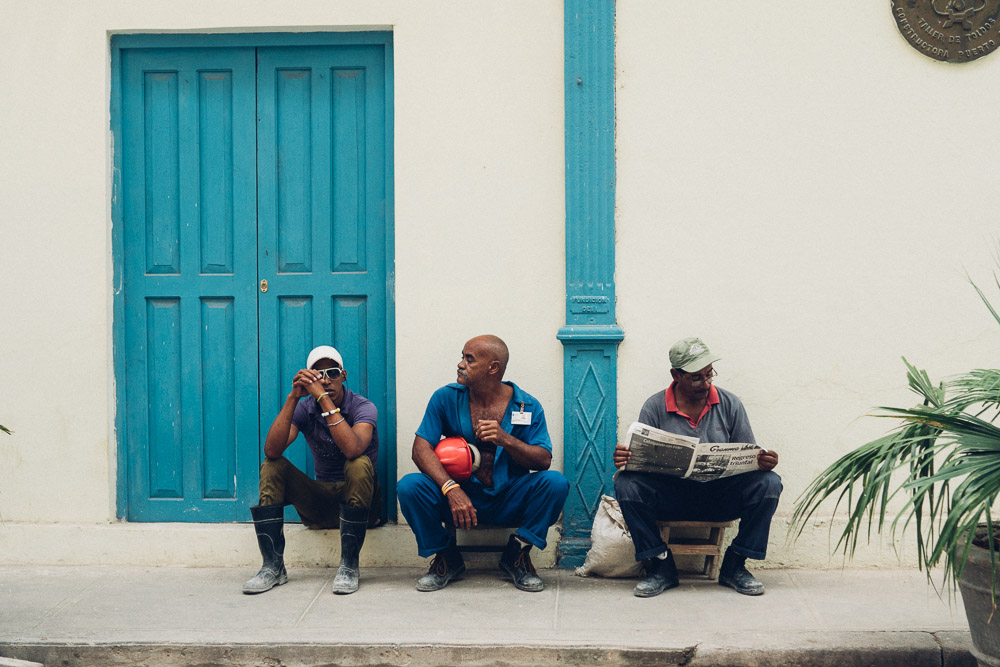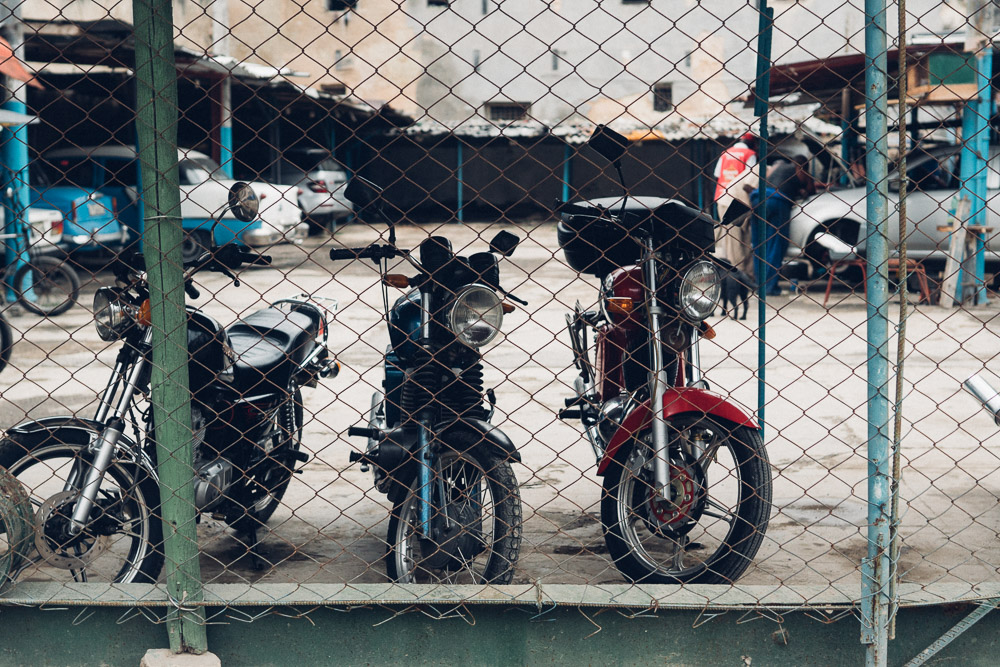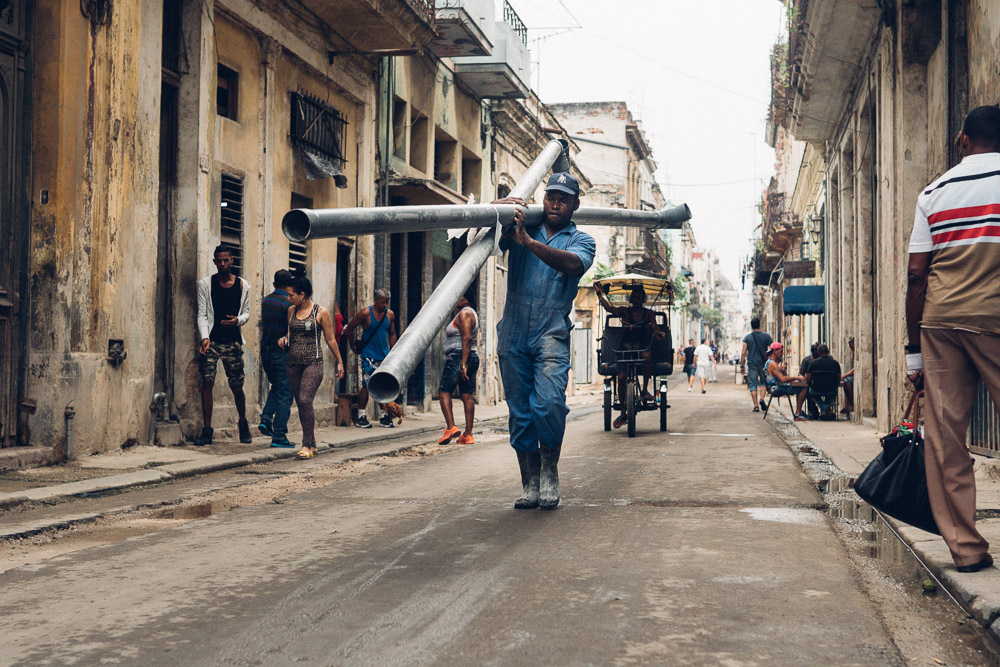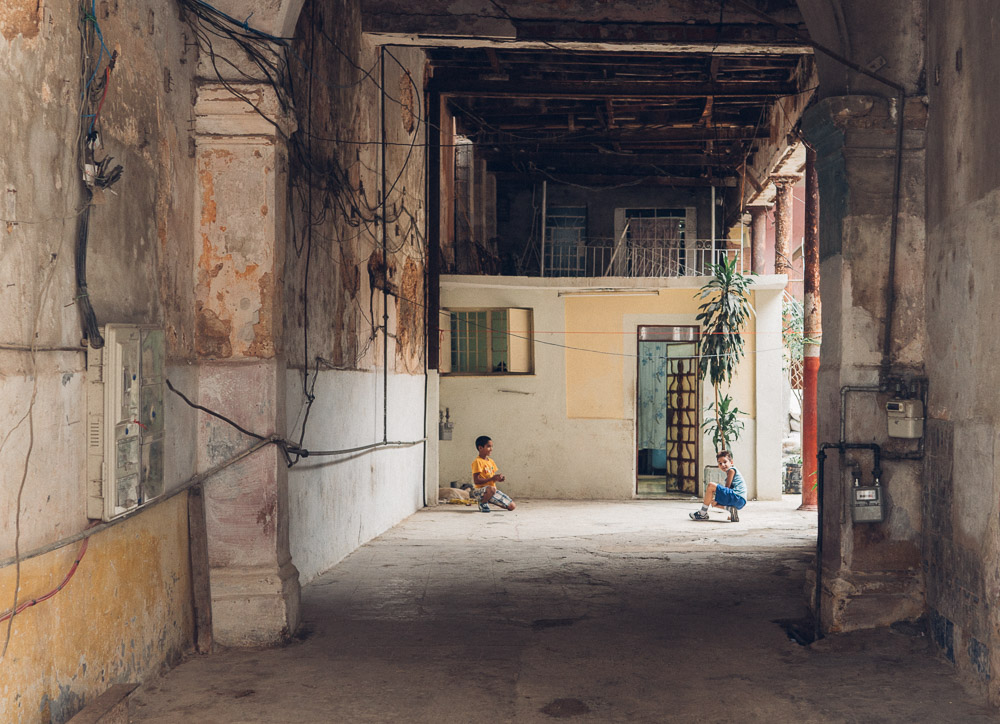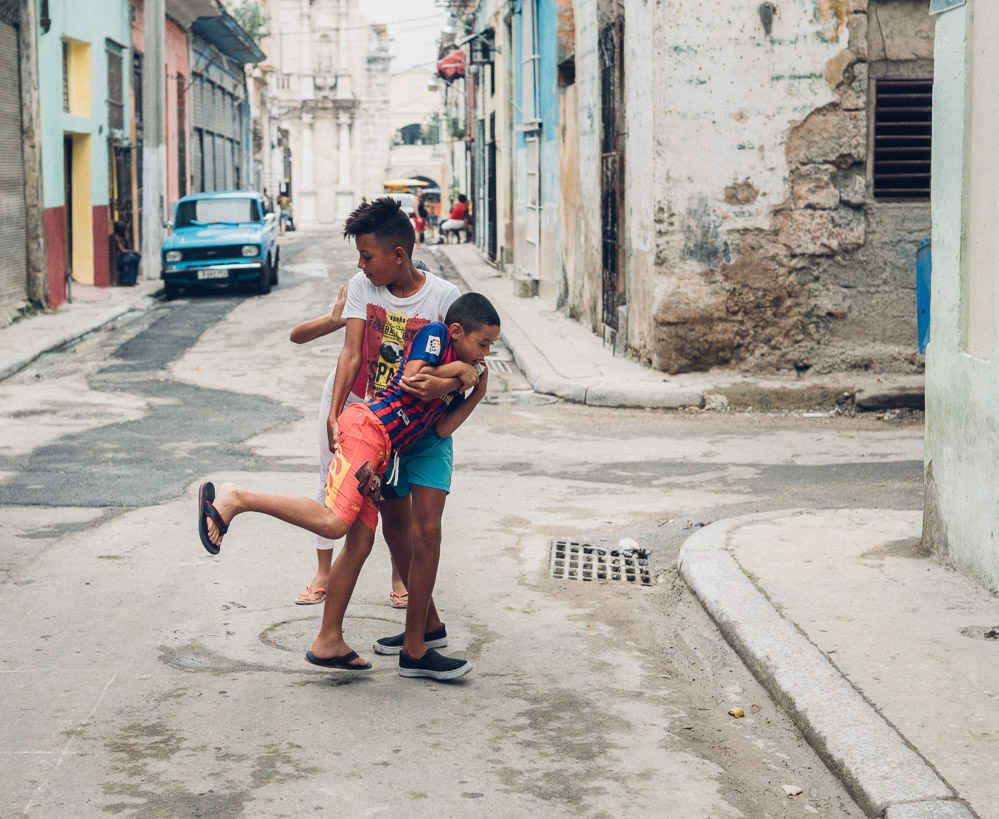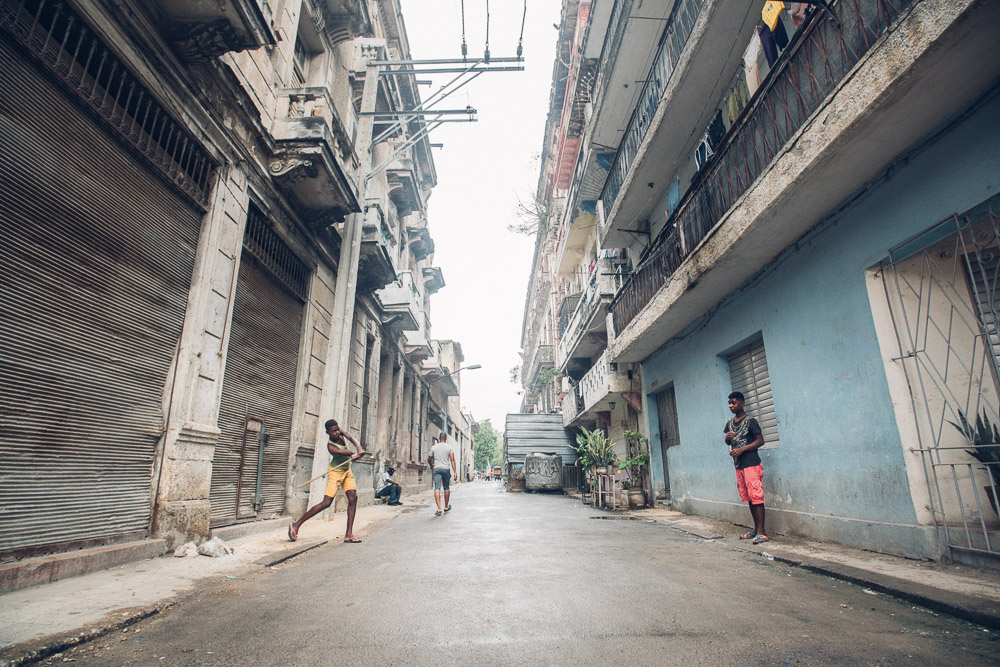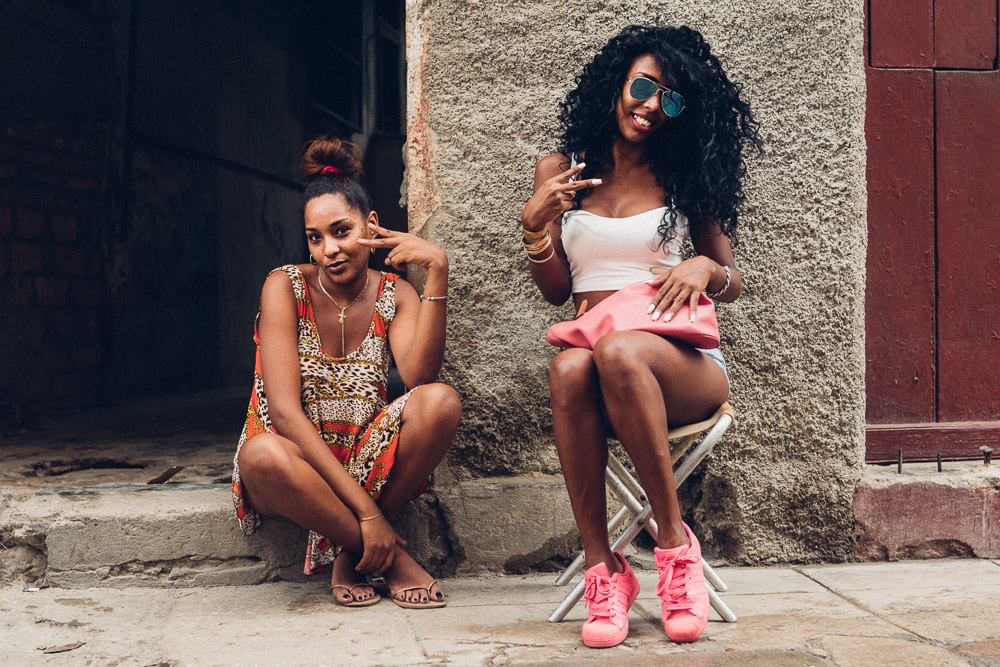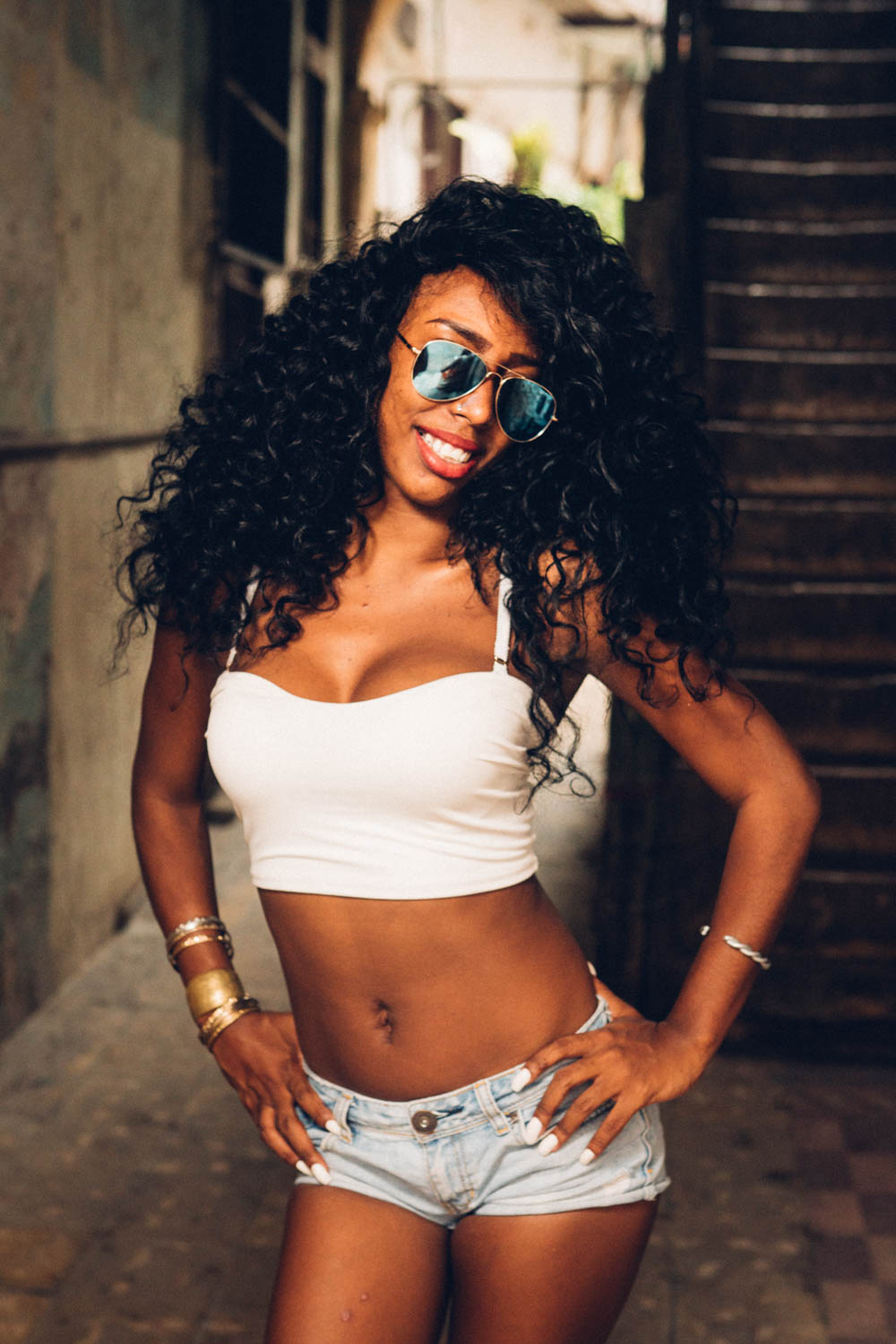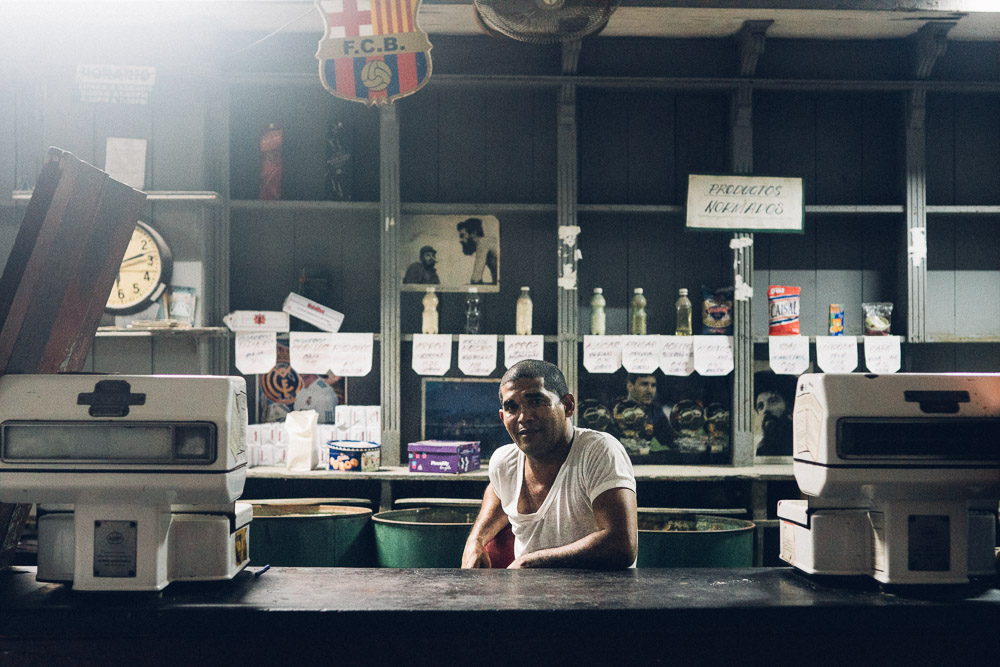
My Spanish is very poor. I knew this before I decided to come to Cuba, but I came anyway, hoping it wouldn’t be too much of a problem. I tried to work on it, but being here it’s pretty obvious I know next to nothing useful. Thank god for Google Translate.
I needed to take a trip, and commercial flights from the US to Cuba just started a couple months before. What better time than now to come check out this interesting country, supposedly trapped in a time warp. I had no way of knowing that Fidel Castro, dictator of the island for nearly fifty years, would die 3 days before I arrived.
The Boeing 737-800 landed with a heavy thud, harder than most recent flights I’ve been on. The woman next to me crossed her chest with a sign of the cross, scared it would be her last landing. She was nice to me and offered to have her husband help get me to the bus station In Santa Clara. “His English is very good. I’m sorry mine is not.”
We exited the plane on stairs connected to the tail of the fuselage and walked around the wing. The silver American Airlines jet was the only aircraft visible on the tarmac. I don’t really think any more could be accommodated in the space. I stayed close to Damarys, not wanting to lose her getting through the terminal. A man wearing a black graphic tee and “fashion” jeans came up to me and asked to see my visa. He didn’t look official, except the credentials hanging around his neck.
“Here, take a seat,” he said, guiding me away from the line. “you need to fill out your visa.”
I asked for a pen and he disappeared into the crowd. He returned shortly and directed me into a tiny office with “Immigration” marked on the door.
For American travelers, you have to fall under 11 categories of travel, none of them being tourism. I had marked that I was here for journalism, but I had been told that no one actually checked the category here in Cuba. The man in the graphic tee kept asking me who I worked for, what my story was, how much I was being paid, and what side of the political spectrum I was on.
He would lead me to the front of the the line and hand my passport to the immigration officer, then take it back and tell me to sit. I sat for 2 hours, watching two full sets of airline passengers make their way through immigration.
I prepaid for An AirBnB in Havana and needed to take a 5 hour bus ride, so I was anxious to get out of the airport and into Santa Clara. The man in the graphic tee kept saying, just a little bit longer. A police officer came around the corner and looked at me, and for a second I thought I might get to spend some time in a Cuban jail. Finally, after there was no one left in the immigration line the man in the graphic tee sent me through.
On the other side of the door was another line, I had to send my bags through more scanners and walk through a metal detector. The scanner operator told me to take my bag to another table, but a man at a different table motioned for me to come to him. I gave him my medical card and got in line for customs behind two young guys from NYC. I quickly introduced myself and asked if they wanted to share a taxi into Santa Clara. I handed my customs form with “nothing to declare” marked and tried to walk past after watching all the previous passengers do the same, but the man stepped in front of me. “Take your bag to that table.”
I watched Julius and his friend get quickly waved past, and I worried that I’d miss another opportunity to have help getting into Santa Clara.
The customs officer took my bags in a back room to scan them again, which I watched through the slats of the baggage claim door. The officer asked me a few more questions then let me go.
Julius and his friend were sitting at the currency exchange, waiting for the worker to come back from a smoke break. I only exchanged 60 Euro because the rate was not very good, hoping to find a bank as soon as possible to exchange more.
The taxi driver agreed to take all three of us from the airport to Santa Clara in a newish Mercedes van – not the expected 1950s vintage tank of a car. I was dropped off first and probably overpaid because of miscommunication, but it was less than had I gone by myself.
A swarm of taxi drivers met me at the bus station, “La Habana? La Habana?” I initially walked passed them, but one followed me while I grabbed my bags. “Bus to Habana takes 5 hour. Taxi take 3. Bus $18 dollar, taxi $25.” That actually sounded pretty good. A driver I’d been emailing in Havana had said it would be $200 for a taxi.
The man I’d negotiated with stuffed my bags into the back of a bright green 1980s Japanese hatchback, along with a British couple’s. We squeezed into the back seat and two Cubans who I hadn’t seen before took the driver and passenger seats. Natalie, Pete and I settled in for a bumpy, windy three hour ride.
Pete and I chatted, with Natalie throwing in comments between naps, for most of the trip, till it got dark and we all three passed out. Once in the city of Havana, the driver seemed lost, stopping to ask directions from anyone that would listen. With their phone’s flashlight and a map in their guidebook, Natalie and Pete tried to guide the driver near to their “casa particular” or homestay. I had preloaded Havana on Google Maps, and it was telling me the location of my AirBnB, which I was able to direct the driver pretty easily to. After they dropped me with my bags in the street I realized Google had approximated the location. I asked a young man where the address was, which he replied, “Far.” It turned out to be about 8 blocks, not too bad even with a large backpack full of photo gear, another backpack and a rolling carry-on.
Casa Angerona was a plain house, but nice for Cubans. I walked through the gate, and the two occupants who were watching TV stood up from the couch to greet me. “Eh, Scot?” Carmen asked. “Si!” “Sit down, sit down.” she said. And that was about where the ease of communication ended. We struggled through the documentation for my stay, using Google Translate, and some input from her husband, Raul.
On the TV was a ceremony remembering Fidel Castro who had died 4 days before. I could hear the faint noise of the loudspeaker booming the words of the speaker from outside a few seconds before it was said on the television. The ceremony was happening maybe a kilometer away, in the Plaza de Revolucion.
Carmen showed me my room; high ceilings, light pastel colored walls with a few pieces of art, a small fridge and table in the entryway leading to the bedroom. The high ceiling makes it feel like you have a ton of space for the lamp, fan, full bed and bureau. The bathroom was basic, and Carmen made sure to show me that I have to hold down the handle on the toilet to flush and pull it back up.
I dropped off my things and went to find dinner, following the rough directions given by Carmen. I found a “cafeteria” that was a restaurant served out of someone’s house. You order from the window behind metal bars. The options were a pork sandwich or a larger pork sandwich for 15 pesos or 24 pesos, 80 cents cuc or 1 cuc. I still don’t get the conversion, basically handing them a denomination of CUC and getting an assortment of pesos in change.
I walked to another cafeteria and bar to see if I could find a large bottle of water, but no one could really tell me where to find that. I had yet to see any bodegas or corner stores with groceries or snacks.
I continued walking and found myself in the crowd for the Fidel Castro ceremony, where dignitaries from all over the world were speaking. I know I heard the president of Venezuela and someone from South Africa, but there were many more. Most of the Cubans in attendance were in good spirits but reverent. Young and old stood together listening to the speakers and intermittently breaking out into “Viva Cuba!” chants. I didn’t bring my camera when I thought I was just going to dinner.
The bed was sounding particularly enticing. When it’s dark and I have no one to talk to and no access to the Internet, going to bed early is pretty easy.
The sun filtered into the room from a vent near the high ceiling, but I kept falling back asleep – recovering from my travels, I guess. I finally got moving around 10:30.
I walked back to the Plaza de Revolucion, wondering what I was going to photograph. I stopped at a simple skatepark, watching two young teens drop into the halfpipe. A group of young boys gathered around me and started asking all kinds of questions I could not understand. One of the skaters tried to translate, but ran out of English.
An older man in rollerblades, somewhere in his 30s, appeared out of nowhere, sitting on the steps like he’d been there the whole time, started translating more. Rodney is a tattoo artist and started showing me all his tattoos. He invited me to see his home, which was just around the corner.
In a space between two buildings, there were a collection of ramshackle shacks, haphazardly built and in some stage of disarray. Rodney quickly introduced me to his wife, who looked maybe 18, and pulled me through the bedroom to his “studio”. It had crossed my mind to get a tattoo here, but I did not really want to get one in this dark and dirty space. I still toyed with the idea.
“Do you have any clients coming today, I’d like to photograph you at work,” I asked. As I was saying this, three teenage girls came in. The space was dark and I wanted my tripod to shoot.
I walked back to Casa Angelano and added my tripod and bare-bulb flash to my backpack. I had not yet eaten breakfast or lunch and it was after 1pm, so I stopped at a cafeteria to buy a simple pizza and “jugo fresco”.
Rodney’s wife stopped me on the street and tried to tell me the girl getting tattooed wanted privacy. I sat on the street and watched young boys play with a tablet until Rodney came and invited me back in his house.
One girl was passed out on the couch, another lounged on the operation table, and the third sat at the table with her arms resting on the previous girl’s legs. Rodney sat opposite the sitting girl and worked on a small tattoo on girl number three’s finger that simply said, “love”.
After taking a few photos of Rodney’s operation, I decided to walk further into town. I walked past a Plaza de Revolucion that looked very different than it did the night before with tens of thousands of people filling the now empty space.
In a corner of the plaza a collection of classic American cars turned tourist taxis were surrounded by a squadron of tourist busses. Old white people took turns having their photos taken in the newly painted convertibles from the 1950s.
My walk took me past two guys sitting in front of a candy merchant. They stopped me and spoke in decent English. One short and fat, the other a tall skinny black man. “We are in a band he [the short one] plays piano and I play bass. We would invite you to watch a concert, but with Fidel’s death there is no music till Sunday. We will have a big party Domingo!” They continued to chat with me, gave me a peanut butter sweet from the merchant, and for some reason gave me a 3 peso coin with Ché on it. The short man started saying, “you should go into central Havana and buy some cigars for your friends.” He kept pressing, till the black man, George Luis, said, “Hey, I will go with you.” Both of them jump up and hurry towards a bus that was stopping. “Get on, we’ve paid for you.”
I’m going to preface the decision to go with them with this, I was told that the Cuban people are not dangerous, and I still have not felt that I have been in any dangerous situations in Cuba.
I followed the two men into a house on the edge of Old Havana, where life looks like it starts to get a bit rough. The short man introduces me to a short, skinny, bald man with gold chains around his neck and rings on all his fingers. “This is the Pitbull of Cuba!” he said, very happy with himself. Pitbull pulled out a large black bag filled with boxes of cigars. “This is the cigar of Fidel. This is the cigar of love, Romeo and Juliet. This is the cigar of Ché Guevara.” The Short fat man made all of the sales pitches, Pitbull just nodded silently.
I finally spoke up, “I definitely don’t need a box of Cigars, and I don’t have the money to buy a whole box any way. I want maybe two or three cigars.” “But for only $60 you can have a box of the finest cigars in the world. Take and sell them!” I was feeling very pressured to not leave empty handed, so I talked them down from a box to 5 cigars. I handed them some money, which left me with barely enough to buy dinner with. “I should be exchanging money tomorrow, and I can walk home,” I thought.
I take a quick photo of George Luis and the short fat man. Gorge grabs the pack of cigars and says, “one for us?”… Whatever. Take it, I probably won’t smoke it.
A bit frustrated with myself for getting into that situation, I separated myself from them and walked deeper into central Havana. The streets narrowed, and suddenly there were people everywhere, hanging out on their doorsteps, talking with passer-bys. A group of boys practiced corner kicks in an intersection with a beat up football.
A short, middle aged man with a baseball cap saw me taking photos of the boys, he started asking questions about me in broken English. He said he was a teacher of dancing. “My name is Michel,” he said, pronouncing it as in English. We walked further into central Havana, and Michel greeted almost everyone we passed. He was excited to show me the “real life of Habana”.
Michel took me into one house after another. “This is my wife. This is my brother. This is my mother. This is my otro mother. This is my father’s brother’s wife’s son (he means daughter).” Their residences were small and dense, but had everything one would need. Simple. Several were down dark mazes of corridors, we had to duck under water hoses and piping to reach the doors.
“Do you need anything? What are you looking for?” asked Michel. “I would like to get my shoe fixed, do you know a Zapatero?” I had worn my running shoes mountain biking a year and half before and skimmed a rock with the side of my shoe, taking off a section of material, exposing my pinky toe. I’ve been running and walking in them like this since.
Michel bounced around the street, asking anyone who might know a zapatero. We’re pointed into another dark corridor where a fit, topless black man greets us at the door of his tiny home. He sat down on a chair in the middle of a 5ft by 15ft room that houses his wife, infant son in a crib, and 10 yr old son. He used a razor to tear apart a scrap shoe to fit into the hole in mine. He glued it then stitched it. It’s not pretty, but now my pinky toe doesn’t stick out. I paid him my last 3 cuc.
Continue reading Part II of my journey!
